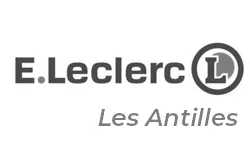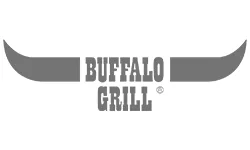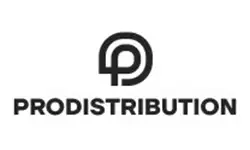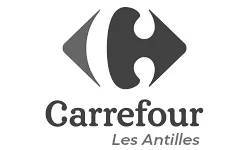Sales & Demands Forecasts
The sales forecasting module offers a full range of advanced features to help you accurately anticipate demand.
A key point in your supply chain, the sales forecast will irrigate all your logistics nodes and serve as the basis for calculating projections and order proposals.

Sales forecasting enables you to anticipate sales by analyzing past sales data.
Our OptimiX XFR Supply Chain solution therefore relies on corrected sales histories. Our algorithm selects the best forecast model as well as the best parameters associated with your products and sites.
We automatically calculate various forecast components, such as the non-promotional forecast and the promotional forecast. We take every detail of your products into account. Seasonality, trends… are automatically detected.

Automatic selection of the best statistical model
Our module analyzes historical data to automatically select the optimal statistical models for sales forecasting, taking into account seasonality, trend and other factors.
An adequate amount of data is needed to obtain reliable predictions. In addition, the model is regularly retrained for accurate forecasts adapted to current changes.
Our solution consists of more than 50 models, some of which are widely proven statistical models, while others are neural network models that achieve the best results.
To guarantee the best results, we select the models best suited to the dynamics of our customers’ needs.
Application of the optimal model to the product-site
Our sales forecasting module applies the optimal statistical models to each specific product and site.
In addition, it takes into account the unique characteristics of each product-site combination to provide personalized forecasts adapted to the reality of each point of sale.
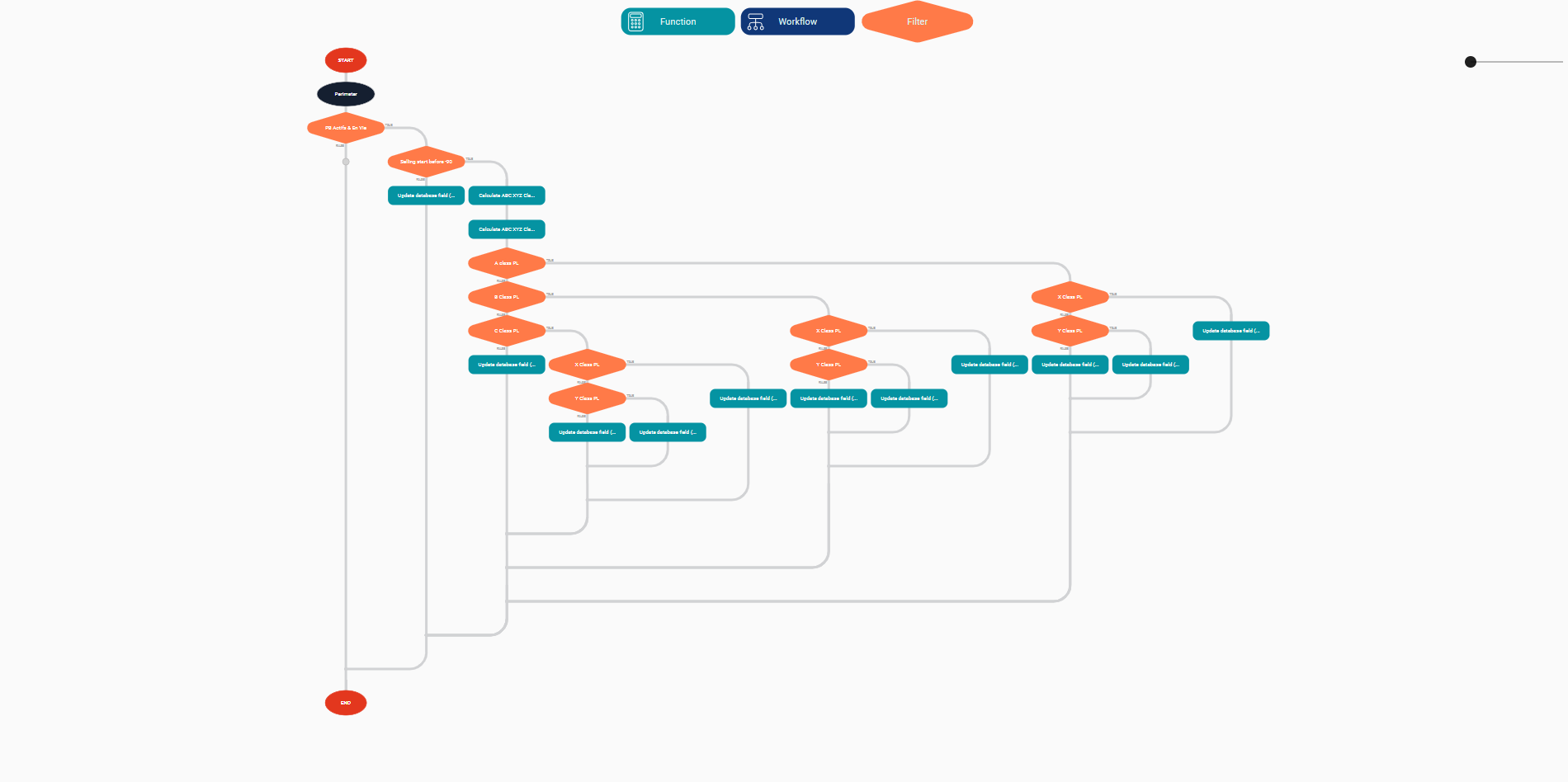

Forecasts based on different types of events
Our module takes into account promotional, seasonal and special events (such as school vacations and public holidays) to adjust forecasts accordingly.
Capture demand fluctuations linked to these events and obtain more accurate forecasts.
Managing your sales forecasts
For maximum accuracy, our module adjusts forecasts for every relevant component, such as trends, seasonality, special events, etc.
Take into account all the factors influencing demand and refine forecasts accordingly.


Management of new products, store openings, and replacements
Our module supports forecast management for new products, new store openings and replacements for existing products.
It integrates these elements into global forecasts for better supply chain planning.
Reliability measurement
Our module offers reliability measures such as RMSE (Root Mean Square Error), MAPE (Mean Absolute Percentage Error) and BIAIS to assess forecast accuracy.
It allows real-time recalculation of forecasts and the possibility of recalculating forecasts in the past for retrospective analysis.

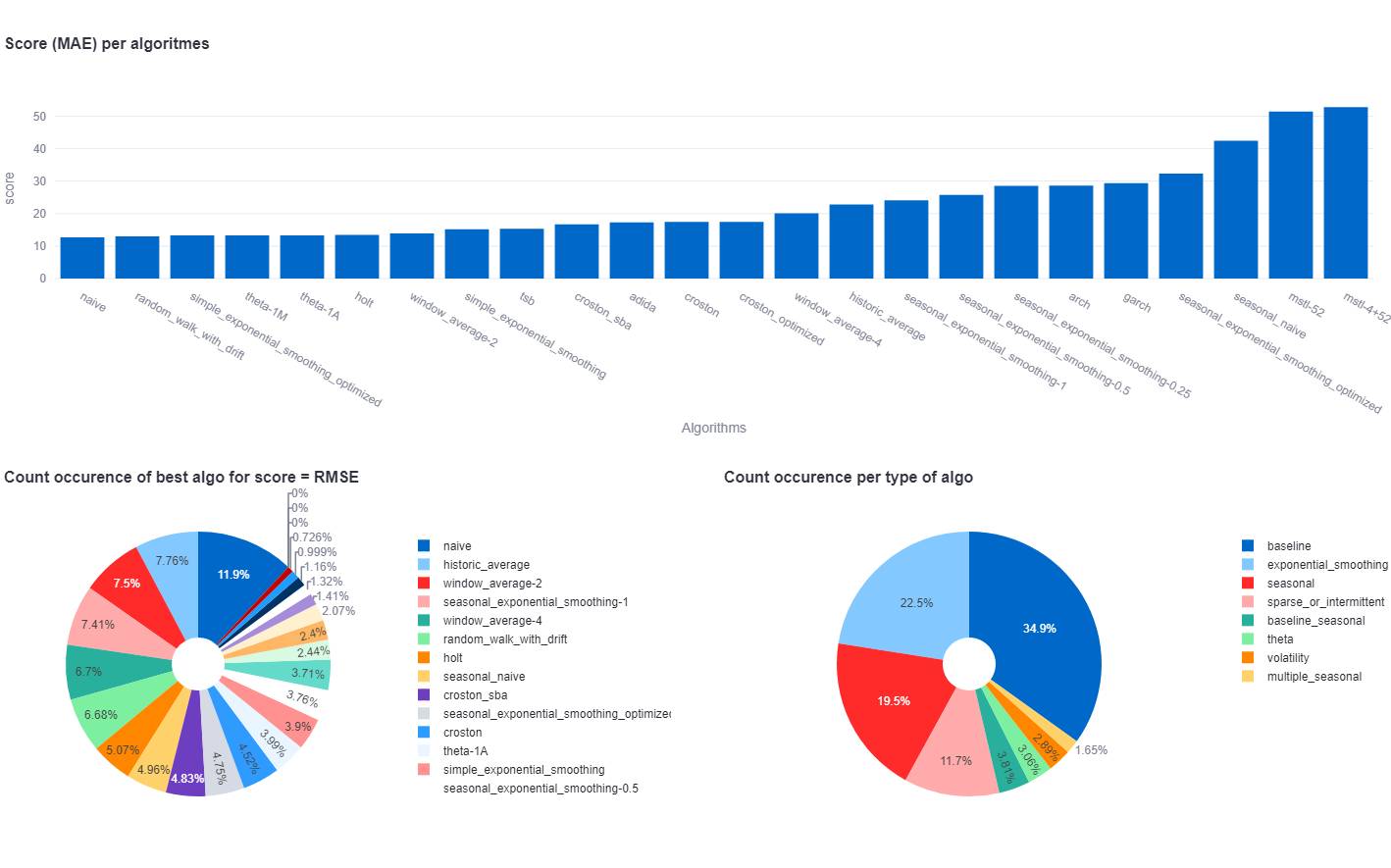
Model and parameter visualization
Our module provides a clear visualization of the statistical models used and their associated parameters.
This therefore allows users to understand and interpret forecast results.
Management by exception
Finally, to facilitate forecast management, our module highlights significant gaps between forecasts and actual results, thus allowing proactive management by exception.
Concentrate efforts on aspects requiring particular attention.

*6 months after deployment in 45 stores.
They trust us







